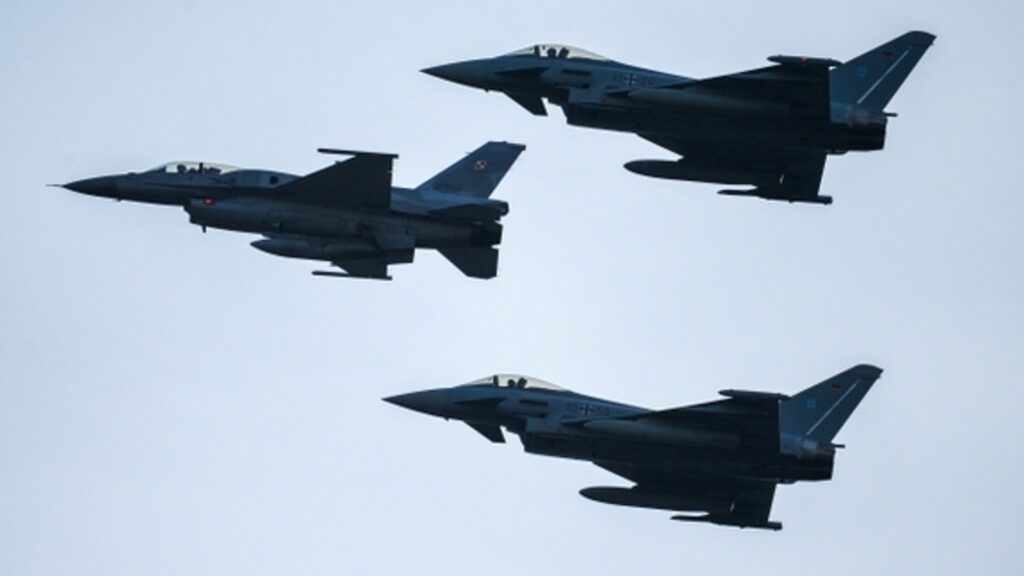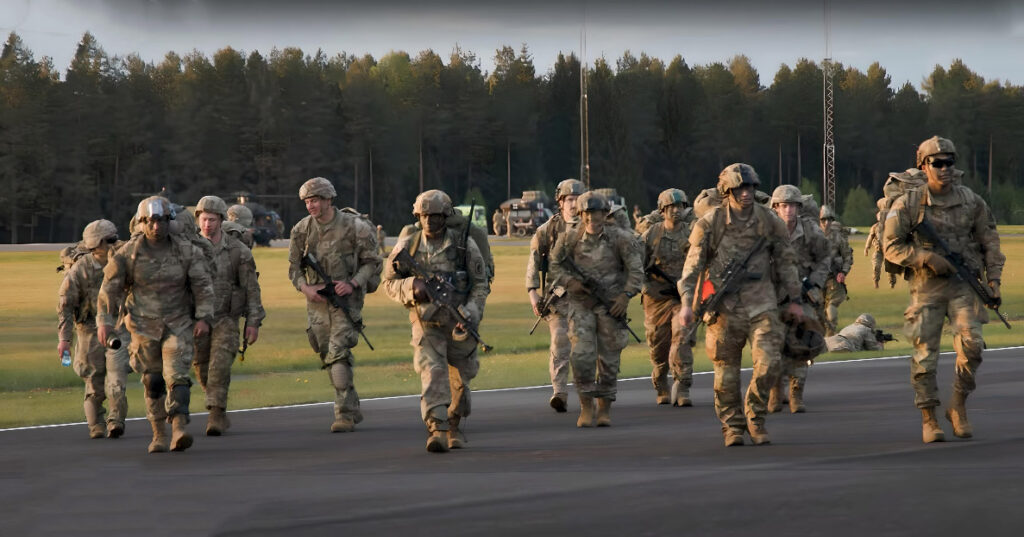On June 27, 2025, the skies over the Baltic Sea once again became a stage for vigilance and restraint — demonstrated by both sides. In the early hours of the morning, a Russian Il-20M electronic reconnaissance aircraft was spotted flying over the northern reaches of Europe. Its flight prompted a swift response from regional air defense forces. According to military sources, two Eurofighter Typhoon jets were scrambled from Laage Air Base in Mecklenburg-Vorpommern to intercept and visually identify the aircraft.
The Il-20M, equipped with an array of signal collection and intelligence-gathering systems, was flying through international airspace, having departed from Russia’s Kaliningrad region. However, the lack of an active transponder signal and the absence of radio communication with civilian air traffic controllers raised concerns among regional monitoring centers. While not a direct violation of international aviation norms, this behavior is typically regarded as a potential threat, which led to the dispatch of the fighter pair.
The incident unfolded according to established protocols: interception, visual contact, identification, and ultimately, the Il-20M altering course and heading northward. It’s important to note that no airspace violations were recorded — the Russian aircraft came within approximately 40 kilometers of the coastline before turning away.
This was not an isolated case in 2025. Similar incidents have occurred with increasing frequency throughout the year. In early June, for example, British Typhoon jets were also scrambled as part of an international air policing mission to track reconnaissance aircraft operating outside standard civilian flight procedures.
The Il-20M, known for its durability and specialized equipment, plays a key role in intelligence-gathering missions. It is outfitted with side-looking radars, infrared sensors, and a suite of antennas for intercepting and analyzing radar emissions and communications, making it a critical asset in complex electronic surveillance operations.
Analysts point out that the high level of aerial activity in the region reflects a growing competition of strategic interests and a constant need for situational awareness. The Baltic Sea has long been a geopolitical flashpoint where every maneuver is interpreted through a lens of heightened sensitivity. Even when conducted within formal boundaries, these encounters in the sky are part of a broader strategic chess game, where precision and timing are essential.
While both sides continue to avoid direct confrontation, the regularity of such episodes underscores the depth of mutual scrutiny and the persistent state of alert. Here, airspace is not just a geographic boundary — it is a line of political tension, where even a silent aircraft can send a loud message.



